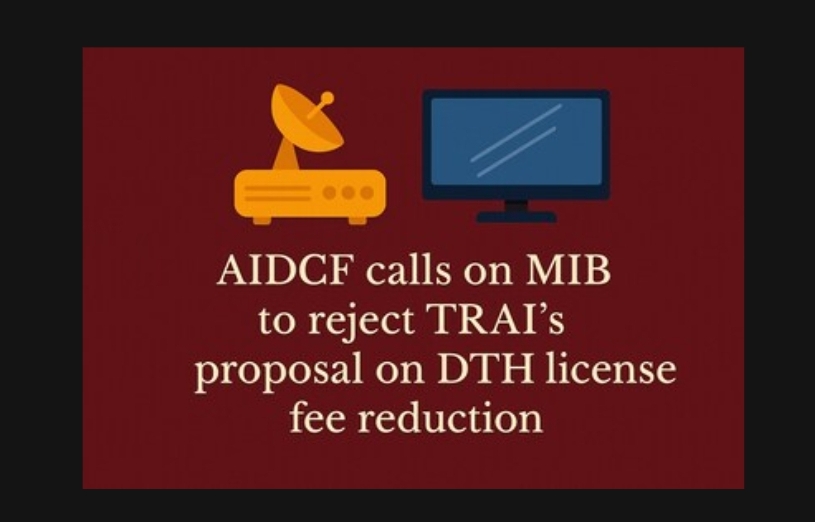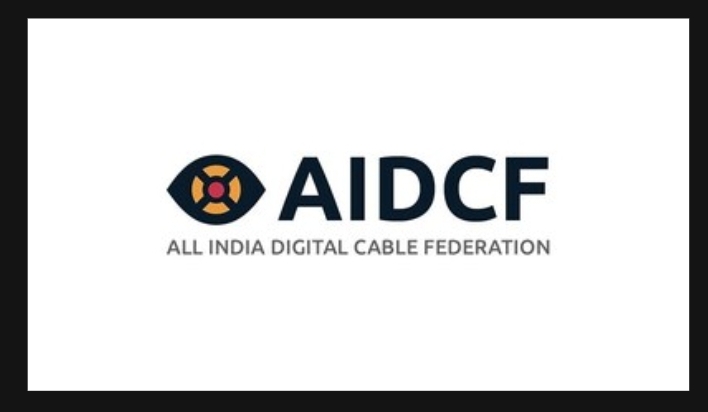The Hidden Customer Experience Battle Behind India’s DTH License Fee Debate
Picture this: You’re settling in for your favorite evening show. However, your viewing options might soon change dramatically. Meanwhile, a regulatory battle unfolds behind the scenes. It’s about DTH License Fee.
Your TV Remote Holds More Power Than You Think
Currently, Indian consumers enjoy diverse television viewing options. Furthermore, they can choose between DTH services, cable operators, and digital platforms. Nevertheless, this choice landscape faces potential disruption.
The All India Digital Cable Federation recently opposed TRAI’s proposal to reduce DTH license fees. Consequently, this decision directly impacts your entertainment experience. Moreover, it affects millions of households across India.
The Real Customer Experience Stakes
Choice Architecture Under Threat
Today, consumers navigate multiple viewing platforms seamlessly. Additionally, they switch between traditional cable and modern streaming services. However, regulatory imbalances threaten this flexibility.
DTH operators currently pay license fees for spectrum usage. Conversely, cable operators bear substantial Right of Way charges. Therefore, reducing DTH fees creates an uneven playing field. Subsequently, this imbalance affects consumer choice architecture.
When one platform receives preferential treatment, market dynamics shift. Consequently, weaker competitors may exit the market. Eventually, consumers face reduced options and potentially higher prices.
Local Service Excellence at Risk
Cable operators employ 1.6 lakh Local Cable Operators nationwide. Furthermore, these LCOs support over 10 lakh livelihoods directly. Most importantly, they deliver personalized neighborhood-level customer service.
Your local cable operator knows your viewing preferences intimately. Additionally, they provide immediate technical support during outages. Moreover, they offer flexible payment options and customized packages.
Large DTH operators cannot replicate this hyper-local service model. Therefore, losing cable infrastructure means losing personalized customer experiences. Consequently, consumers may face impersonal, centralized support systems.
The Digital Transformation Accelerator
Migration Patterns Signal Change
Consumers increasingly migrate toward Free Dish, FAST TV, and OTT platforms. Additionally, Digital DPOs gain traction among tech-savvy viewers. Furthermore, these platforms offer on-demand content and flexible pricing.
This migration reflects changing customer expectations. Specifically, viewers demand control, convenience, and cost-effectiveness. Moreover, they seek seamless multi-device experiences.
Cable operators already struggle against these unregulated platforms. Subsequently, additional regulatory disadvantages could accelerate traditional TV’s decline. Eventually, this forces premature digital adoption without adequate infrastructure support.
Geographic Service Implications
Rural and semi-urban areas heavily depend on cable infrastructure. Additionally, these regions often lack reliable internet connectivity for streaming. Therefore, cable operators provide essential entertainment access.
DTH services face geographic limitations in certain terrains. Furthermore, weather conditions affect satellite signal quality. Consequently, cable remains the primary reliable option in many areas.
Regulatory decisions favoring DTH could create service gaps in underserved regions. Subsequently, consumers in these areas may lose their primary entertainment source. Eventually, this widens the digital divide further.
Analyzing the Customer Experience Impact
Competition Drives Innovation
Healthy competition between DTH and cable operators benefits consumers directly. Specifically, it drives technological innovation and service improvements. Moreover, competitive pricing keeps entertainment affordable for middle-class families.
When regulatory frameworks favor one platform over another, innovation stagnates. Consequently, consumers receive fewer feature updates and service enhancements. Additionally, pricing becomes less competitive without market pressure.
The 880 MSOs currently compete aggressively for subscriber loyalty. Furthermore, they invest heavily in infrastructure upgrades and customer service. However, regulatory imbalances could reduce these investments significantly.
Service Quality Differentiation
Cable operators excel in providing localized content and regional language programming. Additionally, they offer flexible channel customization options. Moreover, their technicians provide immediate on-site support.
DTH operators focus on standardized national programming and technology-driven features. Furthermore, they provide consistent signal quality across regions. However, their customer service relies heavily on call centers.
Both service models serve different customer segments effectively. Therefore, eliminating either option reduces overall market diversity. Consequently, consumers lose access to their preferred service style.
Economic Accessibility Concerns
Cable TV remains more affordable for price-sensitive consumers. Additionally, LCOs often provide informal payment flexibility during financial difficulties. Moreover, they offer granular channel selection options.
DTH services typically require upfront equipment investments and standardized packages. Furthermore, they mandate regular recharge schedules without local flexibility. Therefore, they may become less accessible if cable options diminish.
The Path Forward: Balanced Regulation
Spectrum Valuation Consistency
Regulators must ensure consistent spectrum valuation across all platforms. Additionally, they should implement fair cost recovery mechanisms. Moreover, administrative spectrum allocation should reflect true commercial value.
Current DTH operators receive spectrum without auction-based pricing. Conversely, cable operators pay substantial infrastructure and right-of-way costs. Therefore, license fee reductions without corresponding cable relief create unfair advantages.

Protecting Consumer Choice
Policymakers should prioritize consumer choice preservation above industry convenience. Specifically, they must maintain competitive balance between different platforms. Furthermore, they should consider rural and urban service needs equally.
Regulatory neutrality ensures healthy market competition continues. Consequently, consumers benefit from ongoing innovation and competitive pricing. Additionally, diverse service options remain available across different economic segments.
Conclusion: Your Entertainment Future Depends on Today’s Decisions
This regulatory debate determines your future entertainment landscape directly. Furthermore, it affects service quality, pricing, and choice availability. Most importantly, it impacts local service relationships you may value highly.
While DTH operators seek cost advantages, consumer interests require careful consideration. Therefore, balanced regulation protects your viewing options and service quality. Ultimately, the best customer experience emerges from healthy, fair competition among all platforms.
The stakes extend beyond industry profits to your daily entertainment experience. Consequently, regulatory decisions must prioritize long-term consumer benefits over short-term industry gains.

